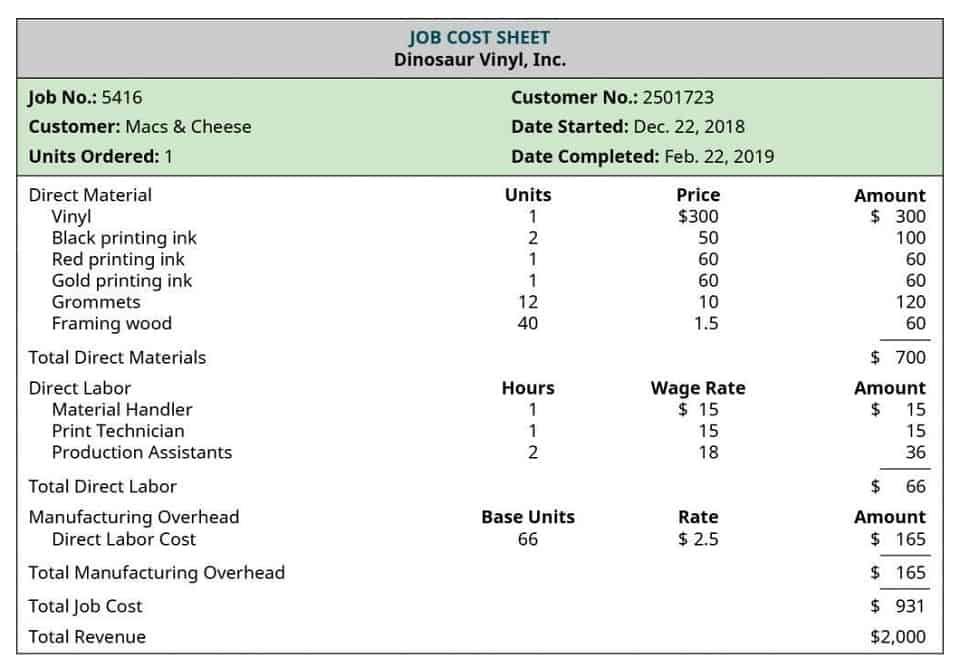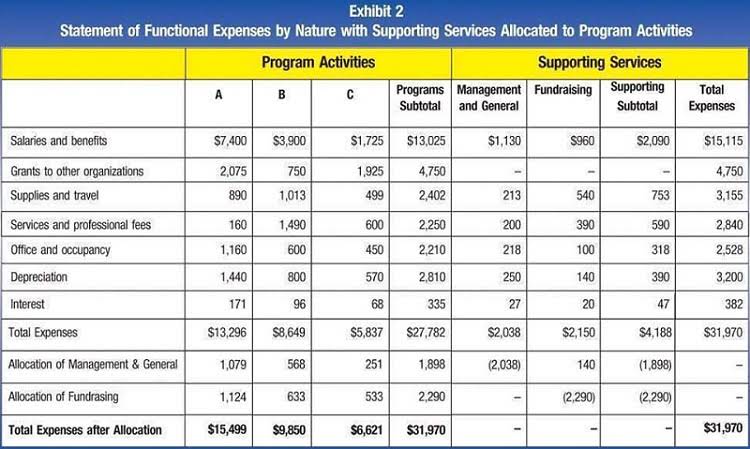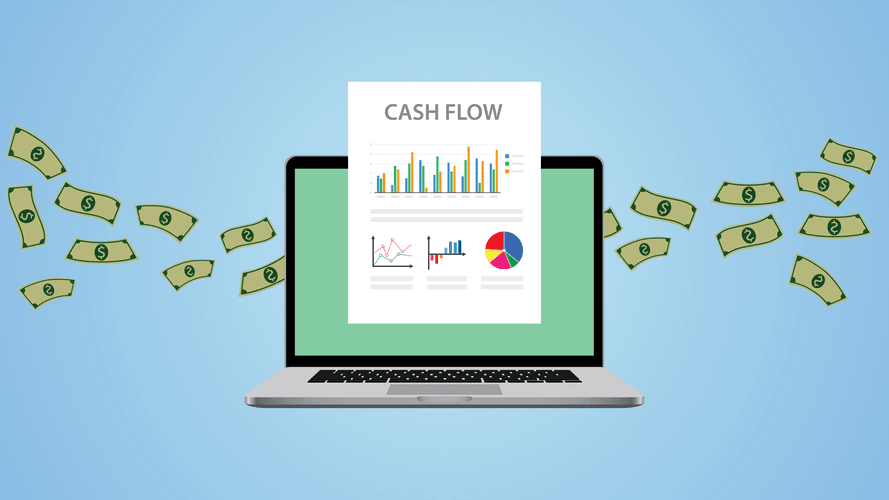
When applied properly, FIFO enhances business insights and aligns with operational realities. The value of remaining inventory, assuming it is not-perishable, is also understated with the LIFO method because the business is going by the older costs to acquire or manufacture that product. A company also needs to be careful with the FIFO method in that it is not overstating profit. This can happen when product costs rise and those later numbers are used in the cost of goods calculation, instead of the actual costs. As you may have noticed above, with the FIFO method, the ending inventory value will mainly depend on the price change of the units bought over time.
FIFO Method’s Effect on Financial Reports
- The 220 lamps Lee has not yet sold would still be considered inventory.
- The company then applies first-in, first-out (FIFO) method to compute the cost of ending inventory.
- Organising your inventory and calculating the cost of your goods is a fundamental part of running an efficient business.
- Here’s a summary of the purchases and sales from the first example, which we will use to calculate the ending inventory value using the FIFO periodic system.
- First-in, first-out (FIFO) is one of the methods we can use to place a value on the ending inventory and the cost of inventory sold.
If accounting for sales and purchase is kept separate from accounting for inventory, the measurement of inventory need only be calculated once at the period end. This is a more practical and efficient approach to the accounting for inventory which is why it is the most common approach adopted. The FIFO (First In, First Out) method is an inventory costing method used in accounting to value the cost of goods sold and ending inventory.
More about IAS 2
- A few weeks later, they buy a second batch of 100 mugs, this time for $8 apiece.
- This determines the balance sheet inventory asset value using FIFO cost assumptions.
- Finally, specific inventory tracing is used only when all components attributable to a finished product are known.
- With FIFO, it is assumed that the cost of inventory that was purchased first will be recognized first.
- The FIFO (First In, First Out) method is a common inventory accounting technique for assigning costs to goods sold and goods still available for sale.
- The remaining unsold 275 sunglasses will be accounted for in “inventory”.
If COGS are higher and profits are lower, businesses will pay less in taxes when using LIFO. Of course, the IRA isn’t in favor of the LIFO method as it results in lower income tax. A higher inventory valuation can improve a brand’s balance sheets and minimize its inventory write-offs, so using FIFO can really benefit a business financially. If product costs triple but accountants use values from months or years back, profits will take a hit.
Advantages of FIFO Over LIFO and Other Methods

Overall, embracing FIFO supports transparency and accuracy in financial analysis. Use inventory management software or enhance your accounting system to include fields for purchase dates, item tracking, and automated FIFO costing. With proper documentation, you can directly match cost of goods sold to the actual purchase costs of inventory sold during the period. This also allows you to accurately determine the cost basis of ending inventory. FIFO better reflects current replacement costs since ending inventory comprises more recent purchases.
To calculate the value of ending inventory using the FIFO periodic system, we first need to figure out how many inventory units are unsold at the end of the period. Here’s a summary of the purchases and sales from the first example, which we will use to calculate the ending inventory value using the FIFO periodic system. On the second day, ten units were available, and because all were acquired for the same amount, we assign the cost of the four units sold on that day as $5 each. In this lesson, I explain the FIFO method, how you can use it to calculate the cost of ending inventory, and the difference between periodic and perpetual FIFO systems.
- Although using the LIFO method will cut into his profit, it also means that Lee will get a tax break.
- In theory, this means the oldest inventory gets shipped out to customers before newer inventory.
- By matching the oldest costs of goods sold against revenues, FIFO presents a fair and consistent picture of ending inventory balances and cost of goods sold on financial statements.
- FIFO assumes the most recently purchased goods are the last to be resold and the least recently purchased goods are the first to be sold.
- There are other valuation methods like inventory average or LIFO (last-in, first-out); however, we will only see FIFO in this online calculator.
- Over an extended period, these savings can be significant for a business.
Understanding the FIFO Method in Financial Accounting
In these situations, FIFO presents the most relevant and accurate picture of inventory flows and costs on financial statements. This determines the balance sheet inventory asset value using FIFO cost assumptions. In this way, FIFO matches sales to the oldest costs first, resulting in the most recent costs being used to value ending inventory. In periods of rising prices, FIFO results in higher net income than LIFO. The opposite is true in falling price environments – LIFO shows higher profits compared to FIFO.
It stands for “First-In, First-Out” and is used for cost flow assumption purposes. Cost flow assumptions refers to the method of moving the cost of a company’s product out of its inventory to its cost of goods sold. Inventory is typically considered an https://www.bookstime.com/ asset, so your business will be responsible for calculating the cost of goods sold at the end of every month. With FIFO, when you calculate the ending inventory value, you’re accounting for the natural flow of inventory throughout your supply chain.
First-in, first-out (FIFO) method in perpetual inventory system
- Typical economic situations involve inflationary markets and rising prices.
- The ticket-taker collects the tickets in the order in which they were purchased.
- With proper setup, FIFO inventory accounting provides many benefits.
- Three units costing $5 each were purchased earlier, so we need to remove them from the inventory balance first, whereas the remaining seven units are assigned the cost of $4 each.
- With proper documentation, you can directly match cost of goods sold to the actual purchase costs of inventory sold during the period.
Any business based in a country following the IFRS (such as Australia, New Zealand, the UK, Canada, Russia, and India) will not have access to LIFO as an option. Using FIFO, you assume the first 1,000 sold cost $1 per unit, and the remaining 500 cost $2 per unit. That leaves you with 500 units in our ending inventory, valued at $2 per unit. Organising your inventory and calculating the cost of your goods fifo method formula is a fundamental part of running an efficient business. Get this right and you’ll make life a lot easier at the end of the financial year – get it wrong and your risk of incorrectly filing your taxes skyrockets. It’s recommended that you use one of these accounting software options to manage your inventory and make sure you’re correctly accounting for the cost of your inventory when it is sold.


However, the inventory accounting differences between FIFO and LIFO mean that FIFO typically results in higher taxable income. So while FIFO may improve financial reporting metrics, it can also increase a company’s income tax burden. The ending inventory cost on financial statements represents the most recent cost of purchasing inventory items under FIFO.
How to use FIFO for costs of goods sold calculation?
The total cost has been accounted for; nothing has fallen between the cracks. Under the weighted average method, we use beginning work in process costs AND costs added this period. Under the FIFO method, we will only use the costs added this period. First, we add the number of inventory units purchased in the left column along with its unit cost. As with FIFO, if the price to acquire the products in inventory fluctuate during the specific time period you are calculating COGS for, that has to be taken into account. Under first-in, first-out method, the ending balance of inventory represents the most recent costs incurred to purchase merchandise or materials.